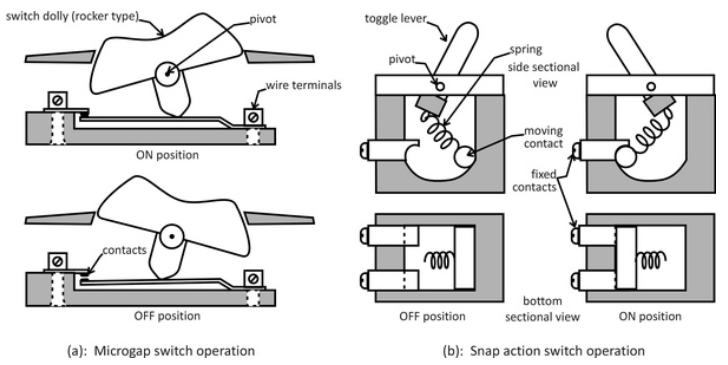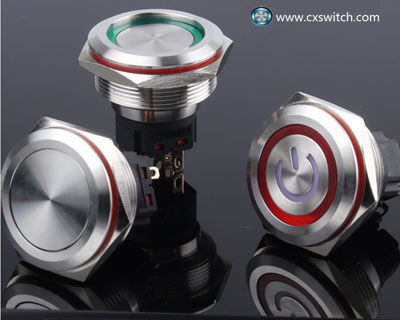What is the difference between AC and DC?
CX Swtich Anti vandl can be applied in two kind of current. AC and DC .Then what is the difference between an AC and DC?

The meaning of the representative is different: AC is the English abbreviation of du for AC power supply. Zhi,DC is the English abbreviation for DC power supply.
1. The direction of current is different: alternating current flows out in two directions and then flows back, and the magnitude is constantly changing (the changing law of illuminating electricity is sinusoidal). The speed of alternating current direction change can be expressed by frequency, and the starting time of AC power transmission can be expressed by phase. Direct current has only one direction, that is, the current can only flow from the positive to the negative.
2, different uses: our common lights, motors and other electricity are AC; DC is mainly used in a variety of electronic instruments, electrolysis, electroplating, DC power drag and so on.
3, The output voltage is different: DC refers to the DC power supply. Generally, there are several common voltages such as 30V, 90V, 12V, etc., and the output voltage of AC is 220V and 380V. Otherwise could.
An AC switch is commonly cheap “microgap” construction. When switch OFF, the gap between contact can be small. Any arcing will happen for a short time only, as the voltage across the contacts will within half a cycle with reduce to zero, and the current will soon follow. Such a switch is depicted in Figure (a) below.
In contrast, a DC switch can maintain an arc for a long period of time, as the voltage across the switch will rise to supply voltage and stay there so long as the supply remains connected. In a “microgap” switch, this arc may not extinguish and cause the contacts to weld together and the switch will be destroyed.
So in a DC switch for use on higher voltages, on switch off, it is important to force the contacts apart quickly and maintain a relatively large spacing between them. This is shown in the “snap-action” mechanism depicted in Figure (b) below.

The same requirements apply to contactors and relays that are breaking DC current. In a high current rotary DC switch, it is common to bring a high temperature insulator between the contacts on switch-off to increase the tracking distance between them and extinguish the arc quickly.
For our anti vandal the lighting voltage available with 6VDC,12VDC,24VDC,36VDC,48VDC,Or customized requirment is welcome.

The same requirements apply to contactors and relays that are breaking DC current. In a high current rotary DC switch, it is common to bring a high temperature insulator between the contacts on switch-off to increase the tracking distance between them and extinguish the arc quickly.
For our anti vandal the lighting voltage available with 6VDC,12VDC,24VDC,36VDC,48VDC,Or customized requirment is welcome.
Switch Knowledge
Contact Us

Name: Miss.Sani
Tel: +86-15800203093
E-mail: info@cxswitch.com
Skype: cxswitch@cxswitch.com
Add: Shunde District Foshan Guangdong China
 CHINESE
CHINESE ENGLISH
ENGLISH









 Skype Chat
Skype Chat Mail inquiry
Mail inquiry